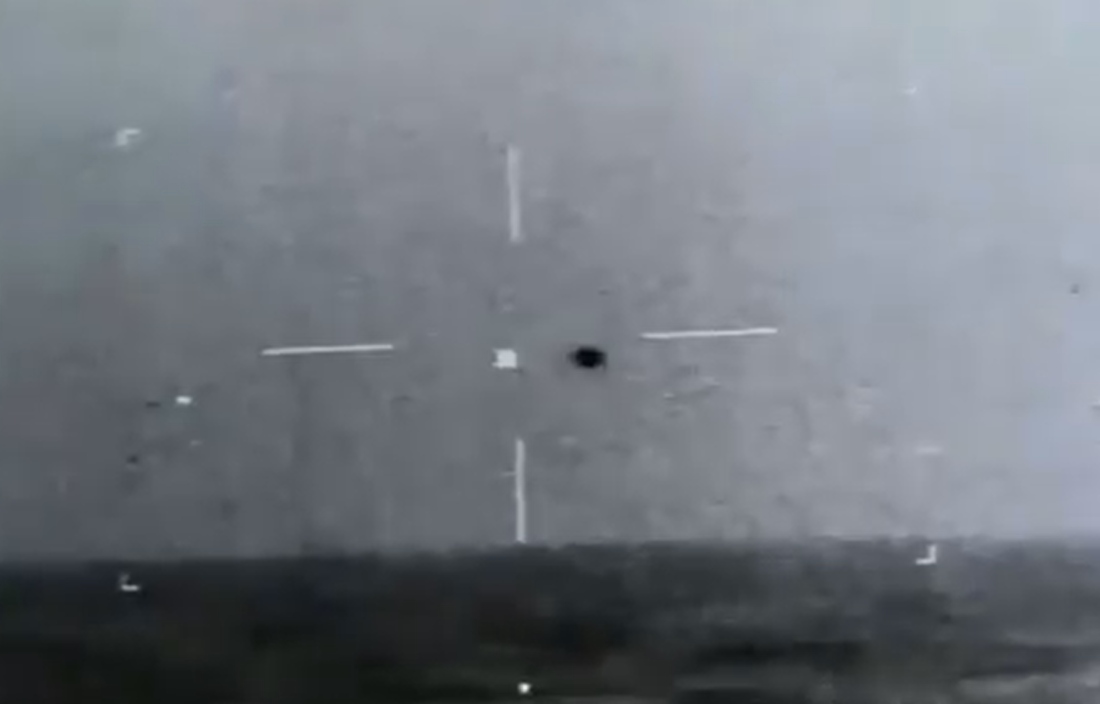
- India is struggling with an aging fighter jet fleet and facing increased competition from China and Pakistan, prompting efforts to modernize its air force with advanced fifth-generation fighters.
- Among the options, India is seriously considering the Russian Su-57 stealth fighter due to its advanced stealth capabilities, avionics and potential integration of hypersonic weapons.
- India and Russia have a long-standing defense partnership, with Russia being India's primary arms supplier during the Cold War. However, past projects, such as the Fifth-Generation Fighter Aircraft, have faced setbacks due to disagreements and delays.
- India must weigh the benefits of the Su-57 against concerns about technology transfer, production delays and the geopolitical implications of deepening ties with Russia versus Western allies.
- The acquisition of the Su-57 is not only a matter of immediate defense needs but also impacts India's broader strategy for technological autonomy and its relations with global powers like the U.S. and its ally in the AMCA project. India's decision will reflect its balance between short-term security and long-term technological independence.
India's quest to modernize its air force has taken center stage as it grapples with an aging fleet and the growing military capabilities of neighboring rivals, China and Pakistan. To combat these concerns, the Indian Air Force (IAF) is turning to Russia's advanced fifth-generation stealth fighter, the Su-57.
The IAF is currently facing a critical shortage of fighter squadrons, prompting the government to explore options for acquiring multi-role fighter aircraft and even considering the procurement of advanced fifth-generation jets. Among the contenders is Russia’s Su-57 stealth fighter, a platform that has reignited discussions about its suitability for India’s defense needs. (Related: Russia unveils hypersonic "Oreshnik" missile in attack on Ukraine, warns it can strike European capitals within minutes of launch.)
Russia has recently renewed its offer to supply India with the Su-57, highlighting its advanced stealth capabilities, avionics and combat features, including the integration of hypersonic weapons. To sweeten the deal, Moscow has reportedly reduced the aircraft’s cost and proposed allowing India to pay for the aircraft in rupees. However, India remains cautious, weighing concerns about production delays, technology reliability and geopolitical implications.
India's defense partnership with Russia dates back to the Cold War era, with Moscow serving as New Delhi’s primary arms supplier. Over the decades, Russia has provided India with key military platforms, including the MiG-21, MiG-29 and Su-30MKI fighter jets. However, the relationship has not been without challenges. In 2007, India and Russia launched the Fifth-Generation Fighter Aircraft project, aiming to co-develop a customized version of the Su-57. By 2018, India withdrew from the program due to disagreements over technology transfer, cost overruns and delays.
The Su-57, designed with stealth in mind, boasts features such as composite materials, an angular design and internal weapon bays. While these elements enhance its radar-evading capabilities, some experts argue that other fifth-generation aircraft may outperform the Su-57 in stealth. Additionally, the Su-57’s reliance on the AL-41F1 engine, with plans to transition to the Izdeliye 30 engine, has raised questions about its operational readiness. Delays in the development of the Izdeliye 30 engine further complicate the picture, posing a significant risk for India if it decides to proceed with the procurement.
The revival of the Su-57 offer comes at a time when India is seeking to balance its strategic partnerships. While acquiring the Su-57 could reinforce ties with Russia, it could also strain relations with Western allies, particularly the United States.
Procuring the Su-57 could provide valuable insights into fifth-generation fighter technology, potentially accelerating the development of the Advanced Medium Combat Aircraft (AMCA). However, it could also divert resources and attention from the indigenous program, delaying its progress. Moreover, acquiring the Su-57 would reinforce India’s reliance on foreign technology, contradicting the AMCA's goal of achieving greater self-reliance.
India's insistence on full technology transfer is another critical consideration. Russia's willingness to share key technologies will significantly influence India's decision, especially given the government's emphasis on enhancing the domestic defense industry.
Russia already exporting Su-57s
Russia’s Rosoboronexport has confirmed the first export contracts for the Su-57, with several countries in Europe, Asia and Africa expressing interest in the aircraft. At an aerospace exhibit in China, the Su-57 was displayed outside Russia for the first time, signaling Moscow’s efforts to expand its market presence. TASS reported in November 2023 that Russia offered to localize production in countries like the UAE and India, further highlighting the platform’s potential as a global export.
India’s potential acquisition of the Su-57 is a multifaceted issue, involving technical assessments, strategic considerations and geopolitical implications. While the Su-57 offers significant capabilities that could bolster the IAF, unresolved concerns about stealth, engine performance and technology transfer remain critical barriers. Additionally, the geopolitical landscape, particularly the risk of U.S. sanctions, adds a layer of complexity to the decision.
Ultimately, India’s choice will reflect its broader defense strategy, balancing immediate security needs with its long-term vision for technological autonomy and regional influence. The Su-57 may provide a short-term solution, but the path forward will require careful deliberation to ensure that India’s Air Force remains competitive in an increasingly complex and contested environment.
Watch this video at a recent airshow in China showcasing some of the Russian Su-57's aerobic capabilities.
This video is from the channel The Prisoner on Brighteon.com.
More related stories:
Oceans can no longer protect America as space and cyber technologies continue to grow worldwide.
WATCH: U.S. Air Force Secretary ADMITS less than third of Lockheed's F-35s are operationally capable.
House Republicans warn of national security threat posed by potential Russian ANTI-SATELLITE WEAPON.
Sources include:
Please contact us for more information.



















